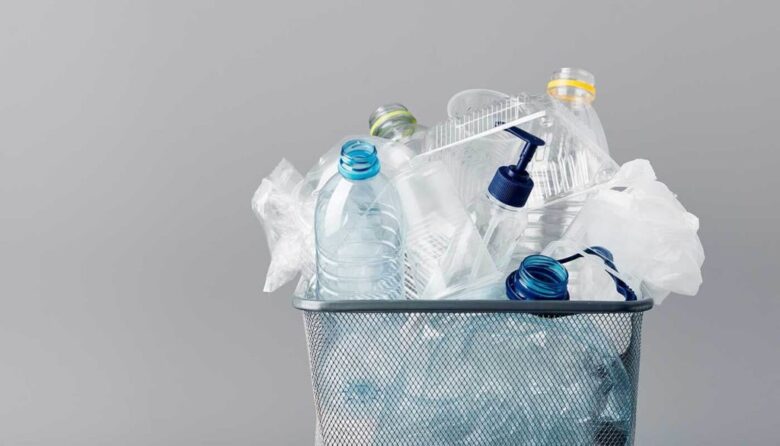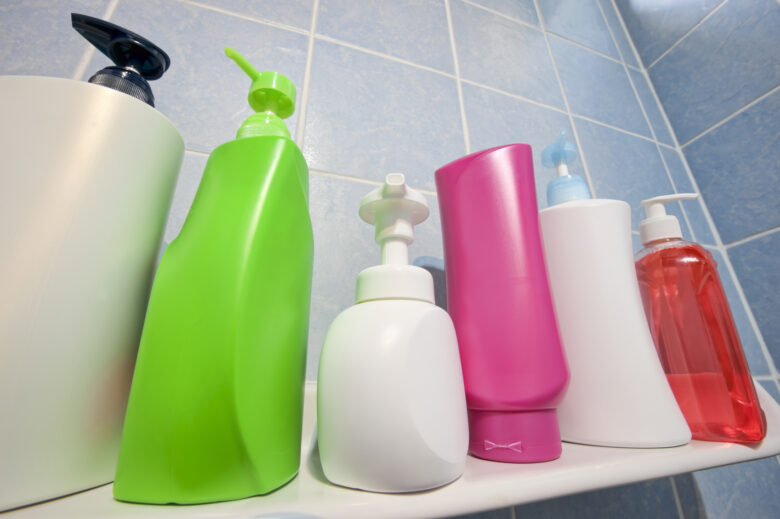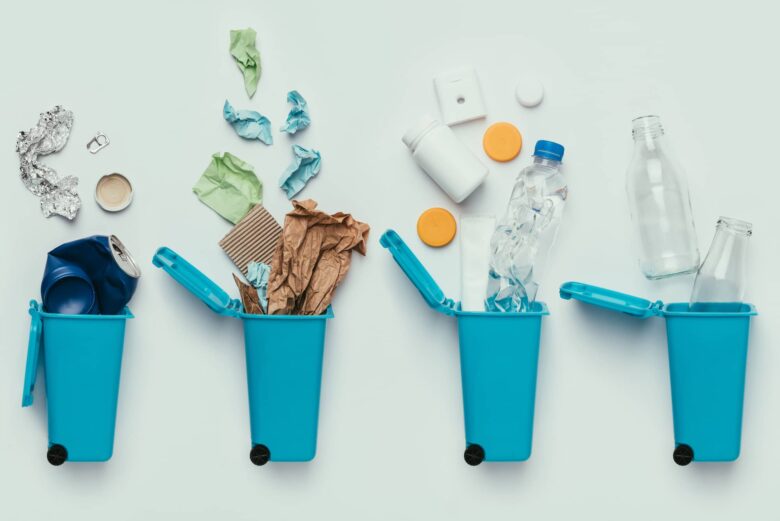Over the past decade, plastic waste has remained a constant concern for our planet, with an estimated 8 million metric tons of plastic entering our oceans each year. This waste not only harms marine life, but also human health and the environment.
Plastic pollution has become so widespread that microplastics have been found even in the most remote regions, including the Arctic — most of which results from packaging. According to UNESCO’s Ocean Literacy, “the majority of plastic pollution in the ocean is caused by littering: we buy or use disposable plastic items (food wrappings, plastic bags, razors, bottles, etc.) and do not dispose of them properly.”
As consumers, we tend to overlook the packaging of the liquids we use in our daily routines. From shampoo to laundry detergent, we purchase these products based on their effectiveness and fragrance without giving much thought to the environmental impact they have. AeroFlexx, a new technology startup, aims to change this by introducing a game-changing product that will transform the liquids in our homes and bathrooms.
Reduces plastic waste

Source: londonrecycles.co.uk
One of the most significant advantages of the company’s sustainable packaging technology is that it reduces the amount of plastic waste that ends up in landfills and oceans. Traditional plastic containers can take from 20 to 500 years to decompose, which contributes to the growing problem of plastic pollution.
This company’s flexible packaging, on the other hand, uses 70% less plastic than traditional rigid bottles and can incorporate up to 50% recycled content, reducing the amount of virgin plastic required and eliminating up to 85% of virgin plastic compared to a traditional rigid bottle. This reduction in plastic not only reduces waste, but also reduces the carbon footprint of the product, making it a more sustainable choice.
The company has made sustainability a top priority in its mission to revolutionize the liquid packaging industry. The company’s innovative technology, the Pak, requires less energy, 73% less water consumption, and less plastic upfront to produce. The packaging is designed to be eco-friendly, and the results are impressive.
Many Americans are confused about what plastics they can and can’t recycle. According to the United States Environmental Protection Agency (EPA), the recycling rate of PET (polyethylene terephthalate) bottles and jars was 29.1 percent, and the rate for HDPE (High-Density Poly Ethylene) natural bottles was 29.3 percent in 2018. The Pak is curbside recyclable where all plastic bottles are accepted, making recycling the packaging convenient for consumers and ensuring it can be reused, further reducing its environmental impact.
Waste not, want not

Source: thermofisher.com
According to the EPA, the negative effects of hard plastic extend beyond its disposal. The product inside the hard plastic can also be negatively affected. For example, hard plastic packaging can cause damage or breakage to delicate products during transportation. Additionally, hard plastic takes up more space than other packaging materials, leading to increased shipping costs and a larger carbon footprint. The production of hard plastic also generates greenhouse gas emissions and requires large amounts of energy and resources. Moreover, hard plastic can release harmful chemicals into the environment, potentially contaminating air, water, and soil. These negative impacts highlight the importance of reducing our reliance on hard plastic and transitioning towards more sustainable and eco-friendly alternatives.
The company doesn’t only help with plastic waste. By buying products that use its sustainable packaging technology, brands can help save 981 million pounds of waste, 65 million gallons of gas, 257 million pounds of CO2 emissions, and 599 million kilowatt-hours of energy. This innovation impacts every aspect of the packaging process, from manufacturing to shipping and everywhere in between.
In addition to being eco-friendly, the company’s sustainable packaging also offers consumers an incredibly convenient and efficient way to use liquids. Unlike traditional bottles, the company’s packaging is flexible, allowing easy dispensing and less waste. The package can be opened with a simple tear at the top, and dispenses a precise amount of liquid with each squeeze, which helps conserve the contents more effectively than a traditional bottle.
This is why, with the Pak, consumers can squeeze out every last drop of shampoo or dish soap without having to cut open the container. This is made possible through the use of a unique airframe and integrated valve design that provides “tailored rigidity” to a flexible package, eliminating the need for a separate closure, cap, or pump. The packaging is also lightweight, making it easier to transport and store.
An award-winning solution to traditional packaging

Source: plasticcollectors.com
The company’s sustainable packaging technology also improves the quality of the products we use. The flexible packaging helps prevent air from getting inside, which reduces oxidation and extends the shelf life of liquids. This means that shampoo or laundry detergent will stay fresher for longer, reducing the need to purchase replacements frequently. The packaging is also airtight, keeping the contents safe from contamination and preserving their effectiveness.
In 2020, the company was awarded the “Highest Achievement Award” at the 64th Annual Flexible Packaging Achievement Awards Competition, and took top honors at Dow’s 30th Awards for Packaging Innovation in 2018. These accolades were not just for the company’s commitment to environmental stewardship, but also for the superior consumer experience it provides and the potential to enhance brand value for any organization. One of the key benefits of the company’s technology is that it allows for more packaging with less material. As a result, many major consumer brands are taking notice and using the company’s innovation to accelerate their sustainability commitments.
The company’s sustainable packaging technology has the potential to revolutionize the way we consume liquids. Because it presents an eco-friendly, efficient, and convenient way to use these everyday products, this technology has the potential to have a significant positive impact not only on the environment, but the way consumers think about sustainable purchasing behaviors.
By reducing plastic waste, extending the shelf life of products, and making it easier to use and transport liquids, sustainable and flexible packaging offers significant benefits to the brands that adopt them, their consumers, and the environment.
